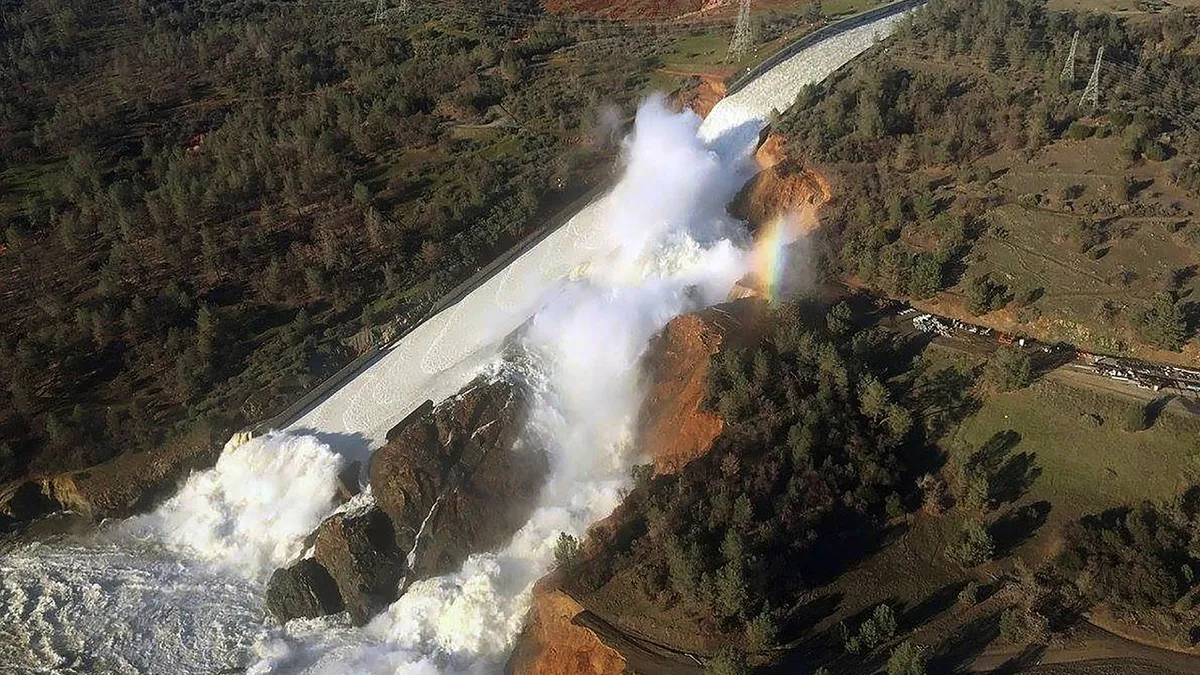Dive Brief:
- A June 2017 California Department of Water Resources (DWR) memo obtained by NBC Bay Area indicates that engineers were concerned about the integrity of seven dams under the department's control after the Oroville Dam spillway failure earlier in the year. The spillway forced temporary evacuation of 188,000 Sacramento, CA, area residents.
- DWR personnel expressed their concerns in a memo to the California Division of Safety of Dams (DSD) and sent a copy to the Federal Energy Regulatory Commission. The DWR officials raised questions about the similarities in age, construction and design of the seven dams and the one in Oroville, and told the DSD that there were “potential geologic, structural or performance issues that could jeopardize their ability to safely pass a flood event.” The seven dams are classified at some level of hazardous, which means a failure would likely to cause loss of life.
- DWR officials told NBC Bay Area that repairs on the seven dams would begin soon but did not provide project details.
Dive Insight:
The lack of transparency around the memo, intentional or not, could be indicative of the way the DWR communicates with municipalities about dams given that the City of Oroville filed a lawsuit against the department last month over its alleged falsified maintenance reports and general mismanagement, according to The Mercury News. The city is suing for reimbursement for the $500 million to $1 billion in damages the spillway failure caused.
Often infrastructure conversation focus on highways, rail systems and bridges. That's not surprising becuase those are the features most Americans are exposed to every day. But the Oroville incident highlighted the urgency to address the integrity of all public assets.
In fact, a recent report from the American Society of Civil Engineers (ASCE) indicated the more than 90,000 U.S. dams are an average 56 years old and that seven in 10 dams will be over 50 years old by 2025. According to the Association of State Dam Safety Officials, more than $64 billion is needed to fix all federal and non-federal dams. A U.S. Army Corps of Engineers valuation put the price tag of upgrading its dams at more than $25 billion.











